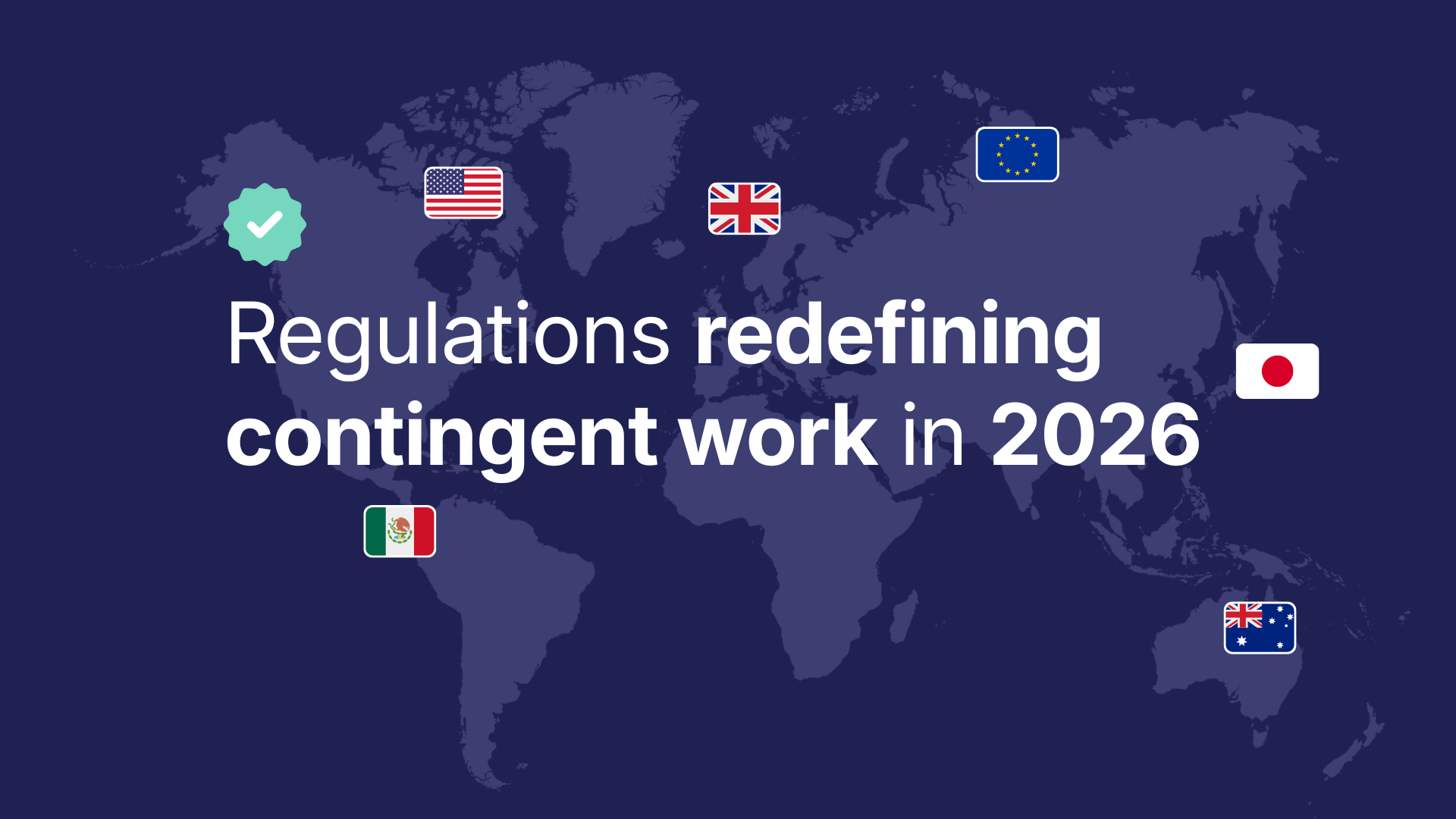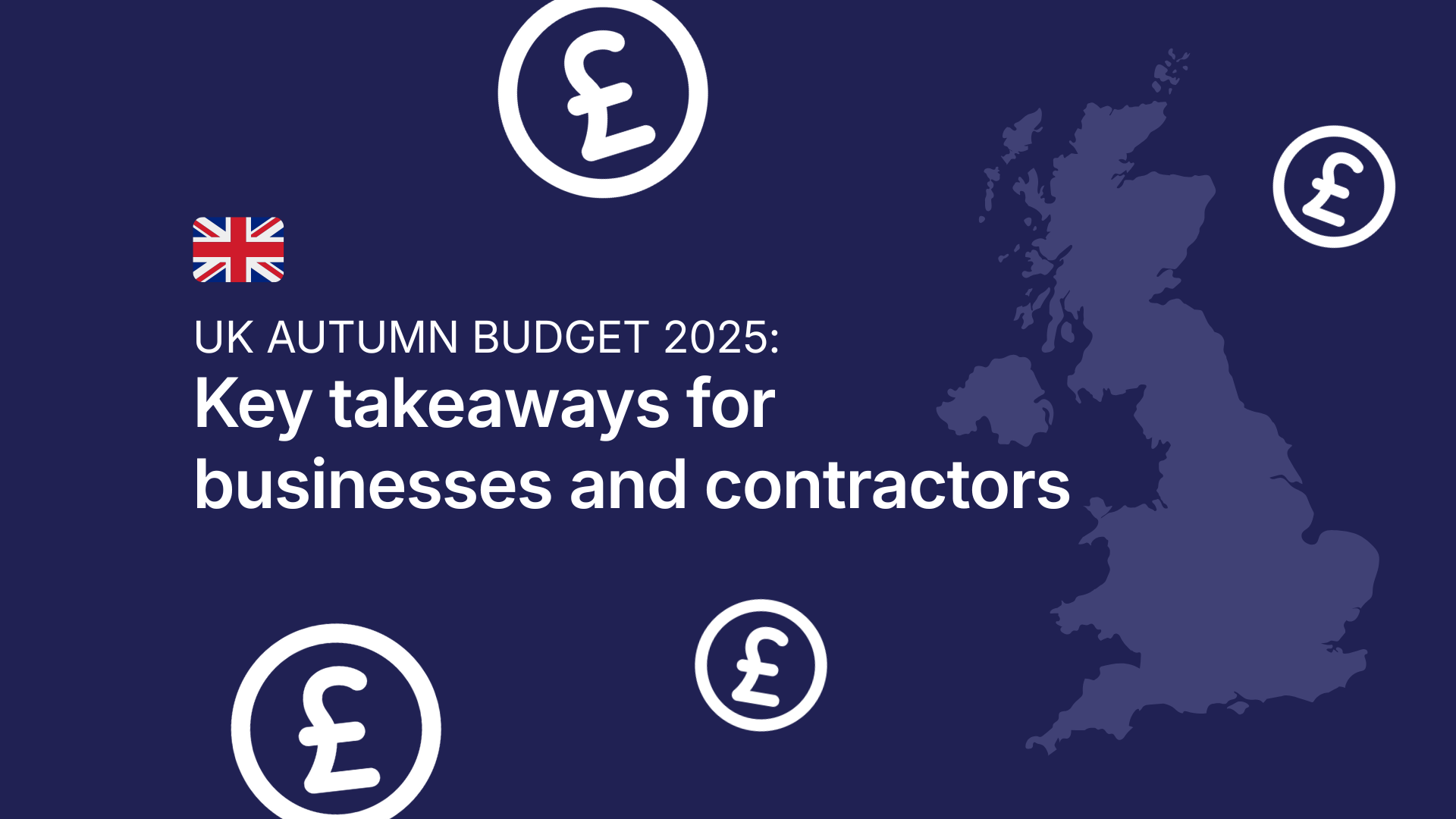Typical roles within the Creative Category include: Art Director, Copywriter, Creative Strategist, Associate Creative Director and Creative Director.
Day Rates
The average day rate across the creative discipline in 2020 was £361, a decrease on 2019.

We can see how the pandemic has impacted the creative disciplines day rates with most roles seeing a slight decrease on the 2019 rates.
Overall in the Creative discipline, data shows an average project length of 16 working days. This is slightly down on 2019, where we saw an average of 18 working days.
Art Director
The average day rate for contracted Art Directors in 2019 was £375, similar to that of the rates in 2018.

Copywriter
Within the creative discipline, freelance copywriters have seen a slight increase year on year in their average day rates. It was the only sub-discipline to see an increase in 2020.

Creative Director
Freelance Creative Directors had an average day rate of £393 in 2020, a decrease of 4% on 2019 rates.

Creative Strategist
Freelance creative strategists contracted average day rate in 2020 was £411. Creative strategists saw the biggest decrease of 9% on 2019 rates.

Gender Divide in Creative
The gender pay gap within the Creative discipline has been shrinking consistently over the last few years, but returned to favouring men in 2020. As for some other disciplines, it is difficult to tell whether this is related to the impacts of the pandemic. On the positive side, there was a small increase in the proportion of contracts awarded to women in 2020, although there is still a long way to go to achieve equality.

For more insights into the gender divide within the UK’s creative & tech freelance community - check out the 2021 For Everyone Report







